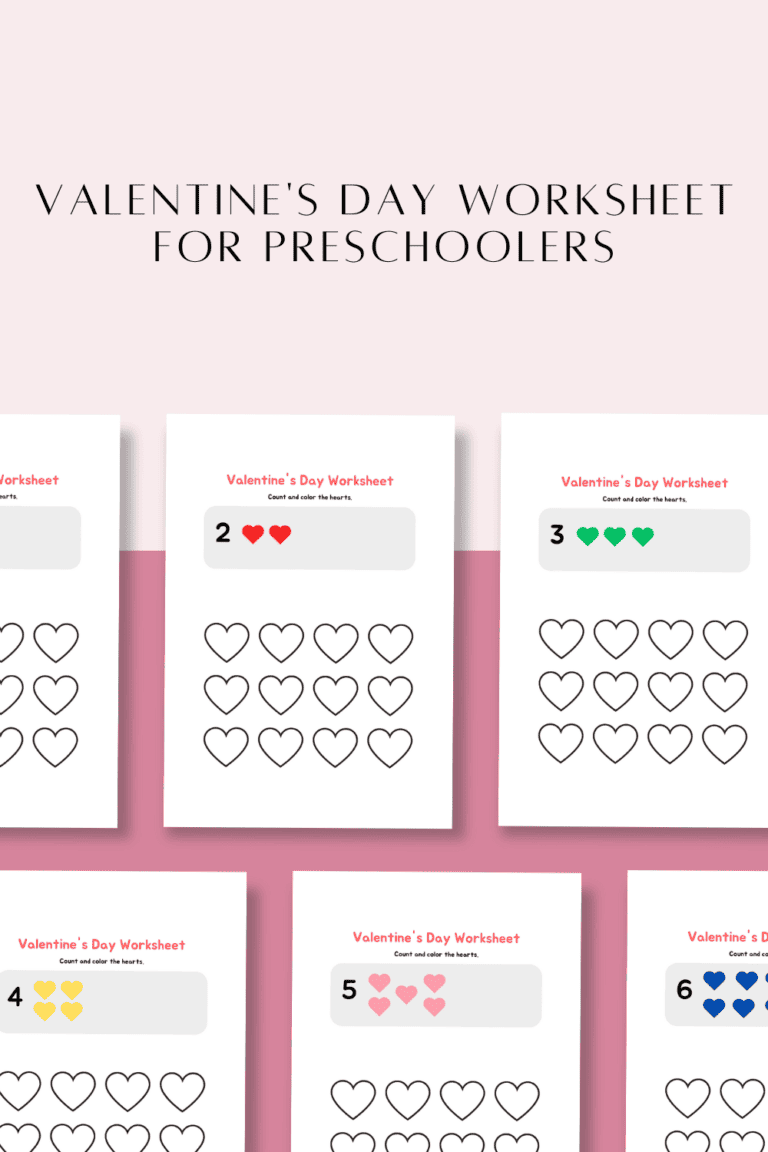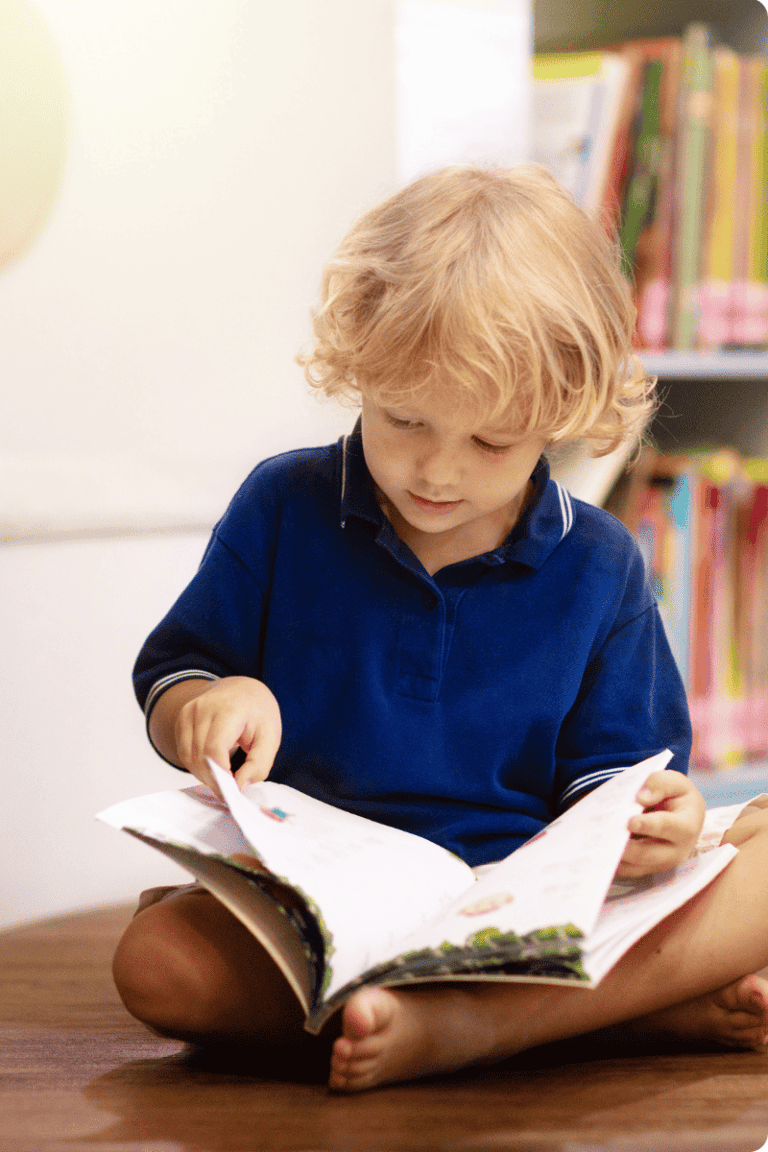27 Tips for Moving with Kids Stress-Free
This post may contain affiliate links, meaning I make a commission if you purchase through my links, at no extra cost to you. Disclosure here
This blog post is all about the best tips for moving with kids to make your move hassle-free and fun for the whole family.

Moving with kids? Let me share the secrets for a hassle-free experience.
Growing up, I moved six times with my parents, and as an adult, I’ve moved four times. Each relocation was a positive adventure, thanks to my mom’s wise planning and involving us kids every step of the way.
Now, I’m here to pass on these valuable lessons with 27 easy-to-follow tips for moving with kids. From keeping the excitement alive to easing into new routines, I’ve got you covered for a fun, stress-free family move.
Key Takeaway:
The key is to involve your children in the process, maintain familiar routines, and be mindful of their emotional needs.
Our list of 27 tips will guide you through each step, ensuring a stress-free move for your entire family. Remember, patience and planning are your best allies in this transition!
This blog post is all about the best tips for moving with kids.
Best Tips For Moving With Kids
1. Talk to Your Kids About Moving
One of the most important steps in a stress-free move with kids is open communication. Sit down with your little ones and explain what moving means. Use simple words they can understand. Share exciting aspects of the move, like a new room or a nearby park. It’s also crucial to listen to their feelings and concerns. This conversation helps them feel involved and understood, making the transition less intimidating for them.
2. Talk to Kids Now
Don’t wait until the last minute to bring up the move with your kids. Start the conversation early. This gives them ample time to process the change and express their feelings. Discussing the move ahead of time also allows them to ask questions and get comfortable with the idea. Early conversations mean fewer surprises and a better emotional adjustment for your children.
3. Involve Your Kids
Kids love to feel involved and important. Let them be a part of the moving process. Simple tasks like packing their toys or choosing what to take to the new house can make a big difference. For older children, involve them in room planning or color choices for their new space. This inclusion helps them feel a sense of control and excitement about the move.
4. Stay Positive
Your attitude towards the move will greatly influence how your kids feel about it. Stay positive and optimistic, even if you’re facing challenges. Highlight the exciting parts of moving, like making new friends or exploring a new neighborhood. A positive outlook can be contagious, helping your kids to view the move as an exciting adventure rather than a daunting task.
5. Allow Your Child to Participate
Encourage your kids to be active participants in the moving process. Let them help with age-appropriate tasks like sorting their belongings, deciding what to pack, and even labeling their boxes. This not only makes them feel valued but also teaches responsibility. When children are part of the process, they’re more likely to be cooperative and excited about the move.
6. Give Your Kids Time to Adjust
Remember, adjustment takes time. After the move, give your kids space to acclimate to their new surroundings. Be patient and understanding as they explore their new home and neighborhood. Encourage them to talk about their feelings and any challenges they’re facing. This patience and support can significantly ease their transition and help them settle in more comfortably.
7. Involve Kids with the Packing
Packing can be an adventure for kids when done right. Turn it into a fun activity by letting them pack their own belongings, especially their favorite toys and books. You can even make a game out of it, like who can neatly pack their things the fastest. This approach not only keeps them engaged but also helps alleviate some of the stress commonly associated with moving.
8. Pack a Basics Bag
A ‘moving day essentials’ bag for each child can be a lifesaver. Pack it with items they’ll need easy access to during the move, like snacks, a change of clothes, favorite toys, and any necessary medications.
This bag will be especially handy if you’re spending a night on the road or if your belongings take a while to unpack. It ensures your kids have their essentials at hand, reducing anxiety and discomfort.

9. Set Up Kids’ Rooms First
Prioritize setting up your children’s rooms in the new home. Having their own space organized with familiar items can provide comfort and a sense of security. Let them decide where to place their toys or hang their posters. A familiar, personalized space can help ease the feelings of unfamiliarity that come with a new environment and make the new house feel like home more quickly.
10. Stick to Routines
Keeping to a regular schedule can be a big help for kids during the chaos of moving. Try to maintain usual meal times, bedtimes, and other daily routines. Even while you’re busy unpacking and setting things up, a familiar routine offers a sense of normalcy and security for children, helping them adapt more smoothly to the new home.
11. Visit Your New Hometown
Before the move, if possible, take a trip with your kids to the new area. Exploring the neighborhood, visiting future schools, and finding fun spots like parks or ice cream shops can build excitement. Familiarizing them with the new area in advance can help ease any anxiety about the unknown and turn apprehension into anticipation.
12. Choosing Your Moving Day
When planning the move, consider choosing a day that’s least disruptive for your kids. Avoid major school events or personal milestones if possible. Moving during a school break or a quieter time can ease the transition for them. The goal is to minimize stress and ensure they don’t miss out on important events, making the move as smooth as possible for the whole family.
13. Connect with Other Parents
Reach out to parents in your new area before the move. They can be a great resource for information about schools, activities, and kid-friendly spots in the neighborhood. This connection can also help in setting up playdates or introducing your kids to potential friends, making the transition to a new community easier and more enjoyable for them.
14. Hire Professional Help for the Move
Moving is a big task, and there’s no harm in getting professional help to ease the process. Consider hiring services that can take a significant load off your shoulders. Here are some options:
- Professional Movers: They can handle the heavy lifting and transportation of your belongings safely and efficiently.
- Packing Services: If packing feels overwhelming, professional packers can do it swiftly and systematically.
- Cleaning Services: Hire cleaners for both your old and new homes. It’s comforting to move into a freshly cleaned space and leave your old one spotless.
- Professional Organizers: Before the move, they can assist with decluttering, and after, they can help set up your new home in an organized manner.
- Childcare Services: On moving day, consider a babysitter or daycare service to keep your little ones safe and entertained.
By outsourcing these tasks, you can focus more on the emotional well-being of your family during the transition.
15. Gift a Moving Book
Consider buying a children’s book about moving. There are many stories designed to help kids understand and cope with the change. Reading it together can open up a conversation about their feelings and questions regarding the move. It’s a comforting way to address their concerns and reassure them that their feelings are normal and valid.
Moving Books for Toddlers & Preschoolers
Boomer’s Big Day by Constance W. McGeorge
The Berenstain Bears’ Moving Day by Stan Berenstain & Jan Berenstain
Big Ernie’s New Home by Teresa & Whitney Martin
16. Give Your Child Some Control
Allow your kids some say in the moving process. They could choose the color of their new room or select a special new decoration. When kids have a say in decisions, especially those affecting their personal space, it gives them a sense of control and involvement. This empowerment can significantly ease their anxiety about the new environment.
17. Help Kids Remember
Moving away doesn’t mean forgetting the good times. Help your kids create a memory book or box with photos and mementos from your current home. You can also plan a goodbye visit to their favorite places or have a small farewell party with friends. These activities can provide closure and celebrate the memories made, making the transition to a new place less overwhelming.
18. Host a Housewarming Party
Once settled, consider hosting a small housewarming party. It’s a great way for your family to celebrate the new beginning. Invite new neighbors, classmates of your kids, or new colleagues. This can help your family feel more connected and at home in the new community. For kids, it’s an exciting way to make new friends and start feeling comfortable in their new environment.
19. Plan Fun Things
After the move, plan some fun outings or activities in your new area. Whether it’s a trip to a local park, a visit to a museum, or just exploring the neighborhood, these adventures can help your family create new positive memories. It’s also a great way for everyone to relax and unwind after the stress of moving, and it gives your kids something to look forward to in their new home.
20. Stick to Routines
Even in a new environment, try to maintain your children’s regular routines as much as possible. This includes their usual bedtime, mealtime, playtime, and any other daily habits. Familiar routines provide a sense of stability and normalcy amidst the change. This continuity can be very comforting to kids and can significantly help in their adjustment to the new home.
21. Take Enough Time to Prepare
Rushing through the moving process can be overwhelming for everyone, especially kids. Start preparing well in advance – this includes sorting, packing, and discussing the move with your children. The extra time allows your family to gradually adapt to the idea of moving, reducing last-minute stress and making the transition smoother for your kids.
22. Seek Help from Friends and Family
Don’t hesitate to lean on your personal support network during your move. Friends and family can offer invaluable help in various ways:
- Packing and Unpacking: Many hands make light work. Invite friends and family to help you pack boxes or set up your new home.
- Childcare: Loved ones can watch over your kids, keeping them occupied and safe while you focus on moving tasks.
- Emotional Support: Sometimes, just having a familiar face around can be comforting during the stress of a move.
- Errands and Logistics: Friends can run last-minute errands or help coordinate moving day logistics.
- Housewarming Prep: Once settled, they can assist in organizing a small housewarming gathering to celebrate your new beginning.
Remember, it’s okay to ask for help. Your loved ones are likely more than willing to lend a hand during this significant life event.
23. Find a Babysitter on Moving Day
Consider hiring a babysitter or asking a family member to watch your kids on the actual moving day. This can be a chaotic and potentially unsafe environment for young children. Having someone to keep them entertained and safe allows you to focus on the logistics of the move. Plus, it can turn a potentially stressful day into a fun one for them.
24. Find Activities for Your Kids
Plan ahead for activities to keep your kids occupied during the move. This could be as simple as a new coloring book, a favorite movie, or a small toy. Activities that can be done independently are ideal, especially when you’re busy with moving tasks. Keeping your kids engaged with activities they enjoy can make the moving experience more positive for them.
25. Say Goodbye to Your Old House
Give your kids a chance to say goodbye to your old house. This can be an informal walk-through of each room, sharing memories, or even a small goodbye ritual. Saying farewell helps children close one chapter before starting a new one, offering them closure. It’s a simple yet meaningful way to honor the time spent in your old home and to emotionally prepare for the move.
26. Pack Overnight Bags for Everyone
Prepare an overnight bag for each family member, including the kids. This should contain essentials like toiletries, pajamas, a change of clothes, and any comfort items like a favorite stuffed animal or blanket. Having these bags ready ensures that everyone has what they need for the first night in the new home without having to search through multiple boxes.
27. Be Patient with Your Child
Above all, remember to be patient with your child throughout the moving process. It’s a big change, and each child will react differently. Some may adjust quickly, while others might need more time. Offer plenty of love, support, and understanding. Acknowledge their feelings and reassure them that it’s okay to feel sad, excited, or nervous. Your patience and empathy will go a long way in helping them settle into their new home and life.
You May Also Like
25 DAYS OF FUN: WINTER CRAFTS FOR PRESCHOOLERS TO SPARK JOY & LEARNING!
EASY WINTER CRAFTS FOR PRESCHOOLERS: FUN & CREATIVE IDEAS FOR LITTLE HANDS
PRE-READING SKILLS: EMPOWER YOUR CHILD’S FIRST STEPS IN READING
This blog post is all about the best tips for moving with kids.
Save this Pin!

Don’t forget to pin this post to your Pinterest for easy reference!
And while you’re there, make sure to follow our profile for more helpful tips like this. We regularly share insights and strategies on making family life more organized, enjoyable, and stress-free.





